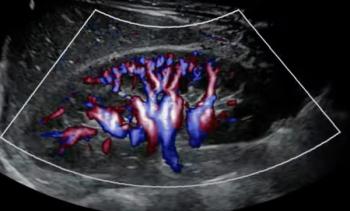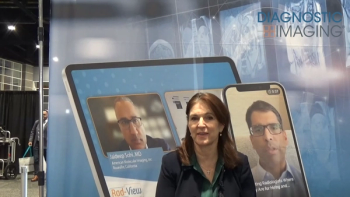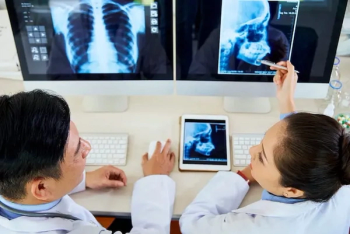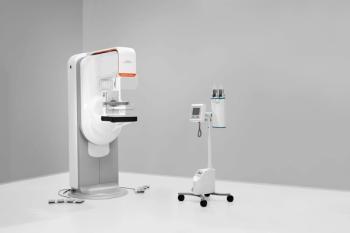
Report from VCS: CAD for virtual colonoscopy continues to advance
A large-scale study of a computer-aided detection program for virtual colonoscopy showed solid performance, with almost 90% sensitivity for polyps 10 mm and larger, according to a presentation given at the sixth annual International Virtual Colonoscopy Symposium in Boston.
A large-scale study of a computer-aided detection program for virtual colonoscopy showed solid performance, with almost 90% sensitivity for polyps 10 mm and larger, according to a presentation given at the sixth annual International Virtual Colonoscopy Symposium in Boston.
Although still in its infancy, CAD for virtual colonoscopy garnered widespread attention at the symposium, including a slew of performance studies that will be presented at this year's RSNA meeting.
In research from one of the larger trials that will be presented at the RSNA meeting, Dr Ronald Summers, chief of clinical image processing service and virtual endoscopy and computer-aided diagnosis at the National Institutes of Health, and colleagues used a CAD system on data from the Department of Defense multicenter virtual colonoscopy trial. The data set included 1186 patients from three medical centers. There were two cancers and 178 adenomas 6 mm and larger.
Sensitivity per polyp achieved by the CAD system increased with an increase in polyp size:
- 6 mm and smaller: 61%
- 6 mm to 9 mm: 80.8%
- 10 mm and larger: 89.3%
False positives per patient declined with increasing polyp size:
- 6 mm and smaller: 7.9
- 6 mm to 9 mm: 6.7
- 10 mm and larger: 2.1
Both cancers were detected with a rate of 0.7 false positives per patient, according to Summers.
The study examined a true screening population and used segmentally unblinded optical colonoscopy as a gold standard, said Dr. Jorge Soto, an associate professor of radiology at the Boston University School of Medicine.
"It is clear from this new data that CAD works," Soto said.
The optimism was tempered by caution. Soto, noting that larger studies of CAD were still needed, cautioned that a good CAD system added to a good radiologist doesn't automatically equal a better radiologist. Given the large numbers of false positives introduced by CAD systems, radiologists may be less likely to carefully scrutinize CAD marks, he said.
Still, both speakers advised keeping an eye out for a number of CAD studies that will be presented at the upcoming RSNA meeting.
"CAD is not only near, it is here," Summers said.
For more information from the online Diagnostic Imaging archives:
Newsletter
Stay at the forefront of radiology with the Diagnostic Imaging newsletter, delivering the latest news, clinical insights, and imaging advancements for today’s radiologists.




























